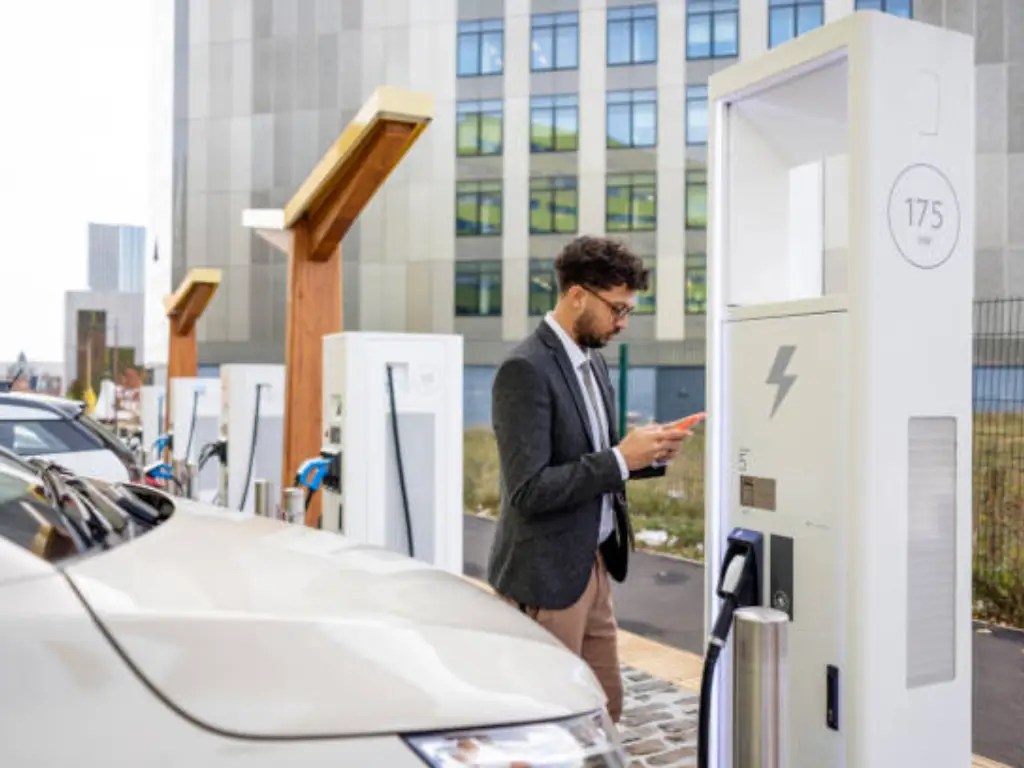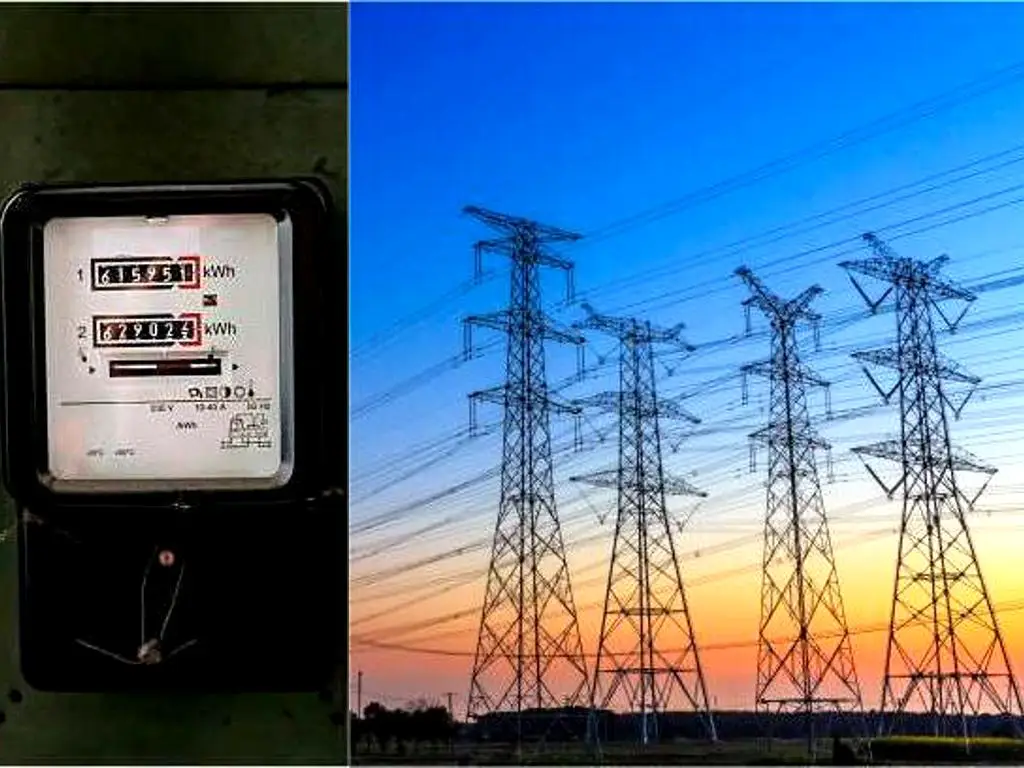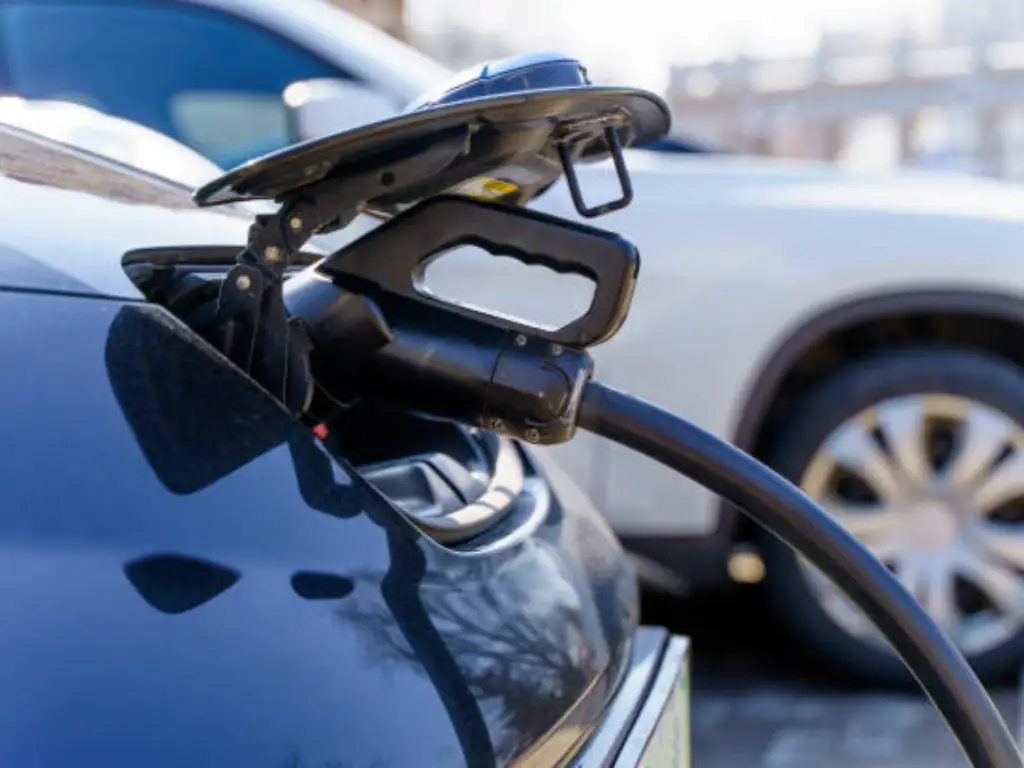How Long Does a Level 2 Charger Take? A Detailed Guide
Share this article in Social Media:
- Home
- How Long Does a Level 2 Charger Take? A Detailed Guide
This guide will take an in-depth look at what factors influence your charging time, so that you can learn and maximize the process to suit your needs.

Understanding Level 2 Chargers
Prior to the dissection of the variables of charging time, it is necessary to define what a Level 2 charger is. A Level 2 charger, unlike a Level 1 charger, which runs off a standard 120-volt wall outlet, runs off a 240-volt circuit, the same circuit that powers high-powered appliances such as electric ovens and clothes dryers. The main cause of its much faster charging rates is this doubling of voltage.
Level 2 charging is the standard of everyday EV use for most homeowners in the United States and across North America. Its combination of speed, cost, and electrical infrastructure needs makes it the perfect solution to overnight charging at home, all-day top-ups at work, and to public locations such as shopping centres or parking garages where a vehicle will be parked for several hours. These chargers, technically known as Electric Vehicle Supply Equipment (EVSE), need to be professionally installed by a licensed electrician to be safe and meet local codes because they need to be wired to a dedicated 240-volt circuit breaker. They are the workhorses of the EV charging world, the reliable and efficient power to get you ready to hit the road.
The Key Factors That Truly Control Charging Time
The charging speed of an electric vehicle is not fixed. It is an active process that is controlled by the internal systems of the vehicle and affected by the charging equipment and external factors. These five factors are critical to a proper estimation of charging times.
Battery Capacity (kWh)
The most important determinant of charging time is the size of the battery in your vehicle, expressed in kilowatt-hours (kWh). Consider the kWh rating of the battery as the capacity of its fuel tank. The bigger tank just takes more time to fill. A small BEV with a 60 kWh battery will charge significantly faster than a long-range luxury SUV or electric truck with a 100 kWh or even 130 kWh battery, all other things being equal. With automakers ever-increasing the range, battery capacities are growing, and the power of your charging equipment is more important than ever. In the case of charging times, you should always begin with the battery capacity of your particular vehicle as a baseline.
Battery’s State of Charge (SoC)
The amount of time it takes to charge is proportional to the amount of energy required by the battery. It will be natural to start a charging session at 50 percent state of charge (SoC) and take half the time it takes to start at 0 percent. Nevertheless, the correlation is not linear. EV batteries have a charging curve. The fastest process occurs at a lower SoC, usually between 20 and 80 percent. When the battery reaches above 80 percent, the Battery Management System (BMS) of the vehicle deliberately reduces the charging speed to a very low rate. This tapering effect is an important safety feature to avoid overheating and degradation of the battery cells to maintain their long-term battery health and performance. That is why the process of charging between 80 and 100 percent may last nearly as long as the process of charging between 20 and 80 percent.
On-Board Charger (OBC) Speed Limit
This is probably the most misinterpreted part of EV charging. All electric vehicles include an on-board charger, a complex device installed in the vehicle that transforms the Alternating Current (AC) of your home outlet into the Direct Current (DC) that the battery can store. This OBC has a maximum power rating and it determines the maximum speed at which the car can accept AC power, no matter how powerful the charging station is. As an example, say you have a Level 2 charging station with a power output of 11.5 kW, but your vehicle’s on-board charger has a maximum charge acceptance rate of 7.7 kW. The car will charge at 7.7 kW. The OBC is a bottleneck and the charging rate will never exceed the slower of the two parts: the charger output or the car intake. When choosing a Level 2 charger, it is important to understand the OBC rating of your vehicle so that you do not end up paying to charge your car with power that it cannot utilize.
The Charger’s Power Output (kW)
The other half of the speed equation is the power of the Level 2 charging station itself, which is measured in kilowatts (kW). Level 2 chargers are available with a variety of power levels, depending on the amperage of the circuit to which they are connected. Typical residential arrangements are:
- 16 Amps (3.8 kW): An older, slower version of Level 2 charging.
- 32 Amps (7.7 kW): A very popular and efficient one that is backed by a 40-amp circuit breaker.
- 40 Amps (9.6 kW): A quicker alternative to vehicles with capable on-board chargers, and needs a 50-amp circuit.
- 48 Amps (11.5 kW): One of the quickest residential Level 2, needs a 60-amp circuit, and frequently a hardwired installation.
The greater the kilowatt output of the charger, the more quickly it can supply energy to the vehicle, as long as the OBC of the vehicle can accept it.
Ambient Temperature
The battery of a vehicle is a complicated chemical system and its operation is temperature-sensitive. When it is very cold, or during periods of extreme temperatures in general, the chemical reactions within the battery are sluggish. The BMS will reduce the charging rate, often radically, to safeguard the battery cells until the battery is warm. Most newer EVs have battery preconditioning systems that heat the battery to an optimal temperature when you navigate to a charging station, but when charging at home in a cold garage, you will likely see slower initial charging rates in the winter. On the other hand, excessive heat may also lead to the BMS throttling the charging rate to avoid overheating.
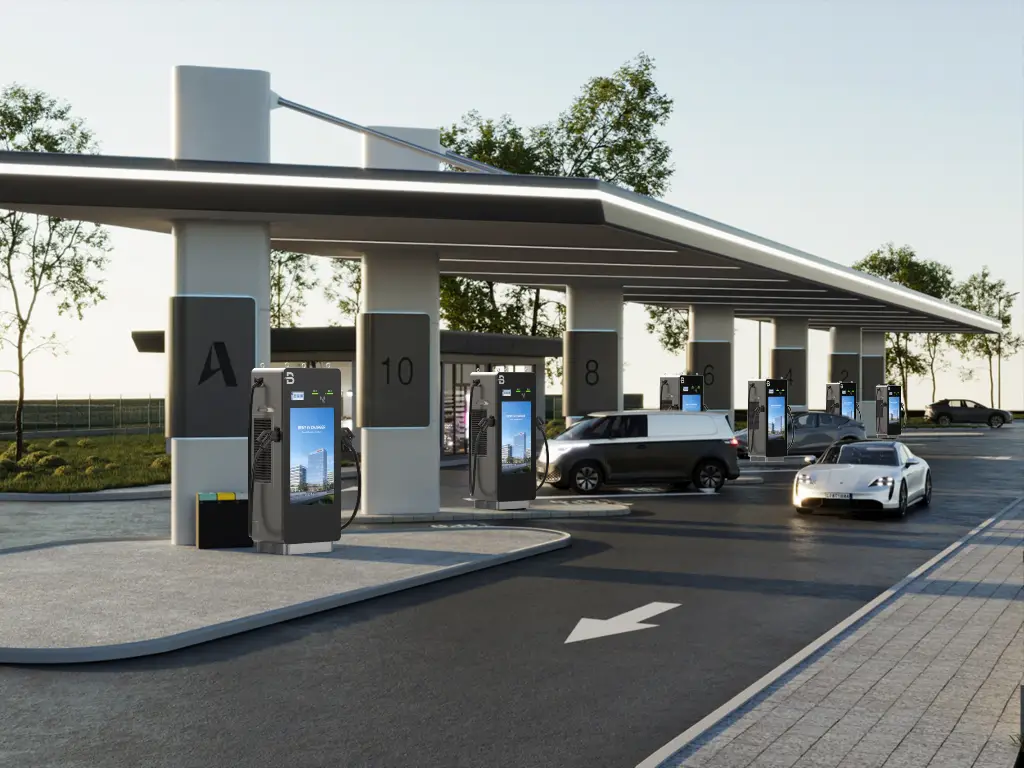
Level 2 Charging Times for Popular EVs: Cheat Sheet
To bring these factors into a practical scenario, the following is a chart of estimated charging times of a range of popular electric vehicles. These estimates are based on charging between a 20 percent and an 80 percent state of charge, which is the most typical and efficient charging practice.
| Vehicle Model | Battery Size (Approx.) | Time to Charge (20-80%) @ 7.7 kW (32A) | Time to Charge (20-80%) @ 11.5 kW (48A) |
|---|---|---|---|
| Tesla Model Y Long Range | 81 kWh | ~5 hours | ~3.4 hours |
| Ford Mustang Mach-E(Ext.) | 91 kWh | ~5.7 hours | ~3.8 hours |
| Hyundai Ioniq 5(Long Range) | 77.4 kWh | ~4.9 hours | ~3.3 hours |
| Chevrolet Equinox EV | 85 kWh | ~5.3 hours | ~3.6 hours |
| Ford F-150 Lightning (Ext.) | 131 kWh | ~8.2 hours | ~5.5 hours |
A Comprehensive Comparison: Level 1 vs. Level 2 vs. DC Fast Charging
Understanding the capability of a Level 2 charger is best done by comparing it to the other available charging standards. Each level serves a distinct purpose in an EV owner’s life.
| Feature | Level 1 Charging | Level 2 Charging | DC Fast Charging (Level 3) |
|---|---|---|---|
| Voltage | 120-Volt AC | 240-Volt AC | 400-Volt to 800V+ DC |
| Power Output | 1.4 kW – 1.9 kW | 3.8 kW – 19.2 kW | 50 kW – 350 kW+ |
| Range/Hour | 3 – 5 miles | 20 – 60 miles | 150 – 300+ miles |
| Best Use Case | Emergency trickle charging, overnight top-up for plug-in hybrids. | The standard for daily charging at home, workplaces, and commercial destinations (shopping, hotels). | Rapid charging during long-distance travel and road trips. |
This comparison clarifies the role of Level 2 charging as the essential bridge between the slow trickle of Level 1 and the powerful, but infrastructure-heavy, performance of DC Fast Charging. It is the definitive solution for restoring a full day’s worth of driving range, reliably and efficiently.
How Beny’s Level 2 EV Chargers Help You Save Both Time and Money
Ready to upgrade your charging experience?
Conclusion: Finding the Right Charging Speed for Your Life
Ultimately, the question of “how long does a Level 2 charger take?” resolves not into a single answer, but into a personalized calculation based on your vehicle, your driving habits, and your charging equipment. For most drivers, a reliable Level 2 charger transforms EV ownership by providing the assurance that every morning can begin with a full battery, ready for any journey, whether it’s the daily commute or a quick errand. The ideal charging speed isn’t necessarily the absolute fastest, but the one that seamlessly integrates with your life. By understanding the key factors at play, you can make an informed decision and invest in a charging solution that perfectly matches the rhythm of your daily routine.
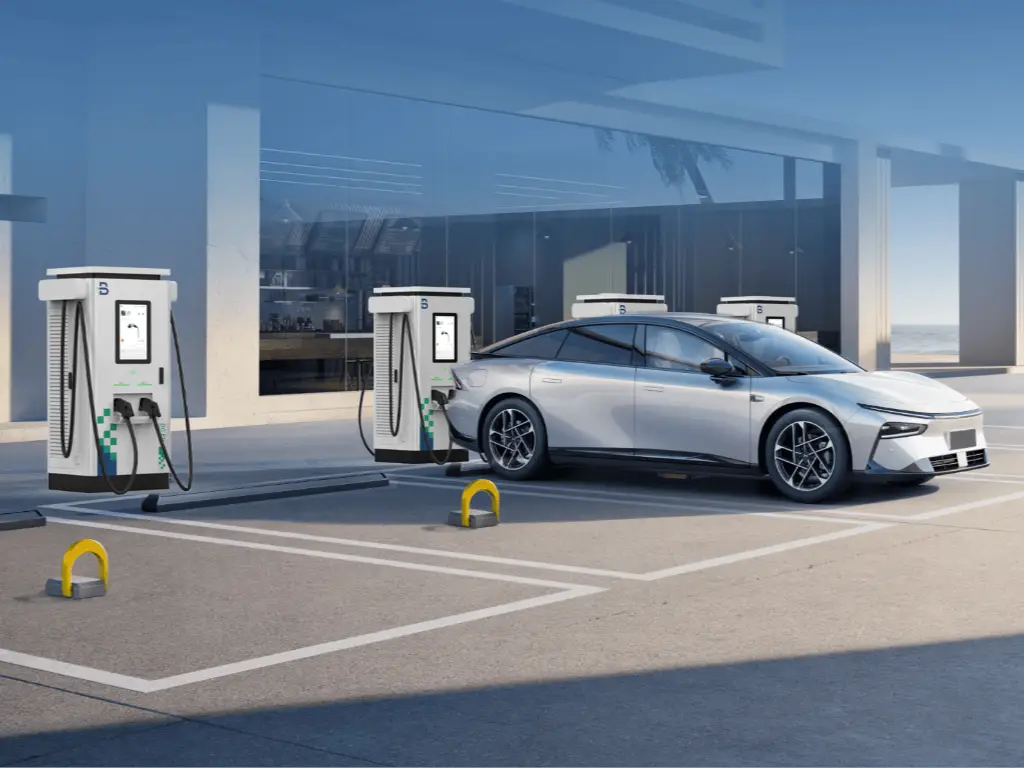
FAQs
⚡ Can I leave my Level 2 charger plugged in all the time?
Yes, it’s safe to leave your Level 2 charger plugged in as long as it’s properly installed. It only draws power when charging, so leaving it plugged in won’t cause harm.
🔌Is it worth getting a Level 2 charger?
Yes, a Level 2 charger is worth it if you want faster charging times, more convenience, and higher efficiency compared to a standard outlet. It’s ideal for daily use and long-range driving.
© 2025 EV Charging Guide – Smart Charging Solutions for Every Driver
